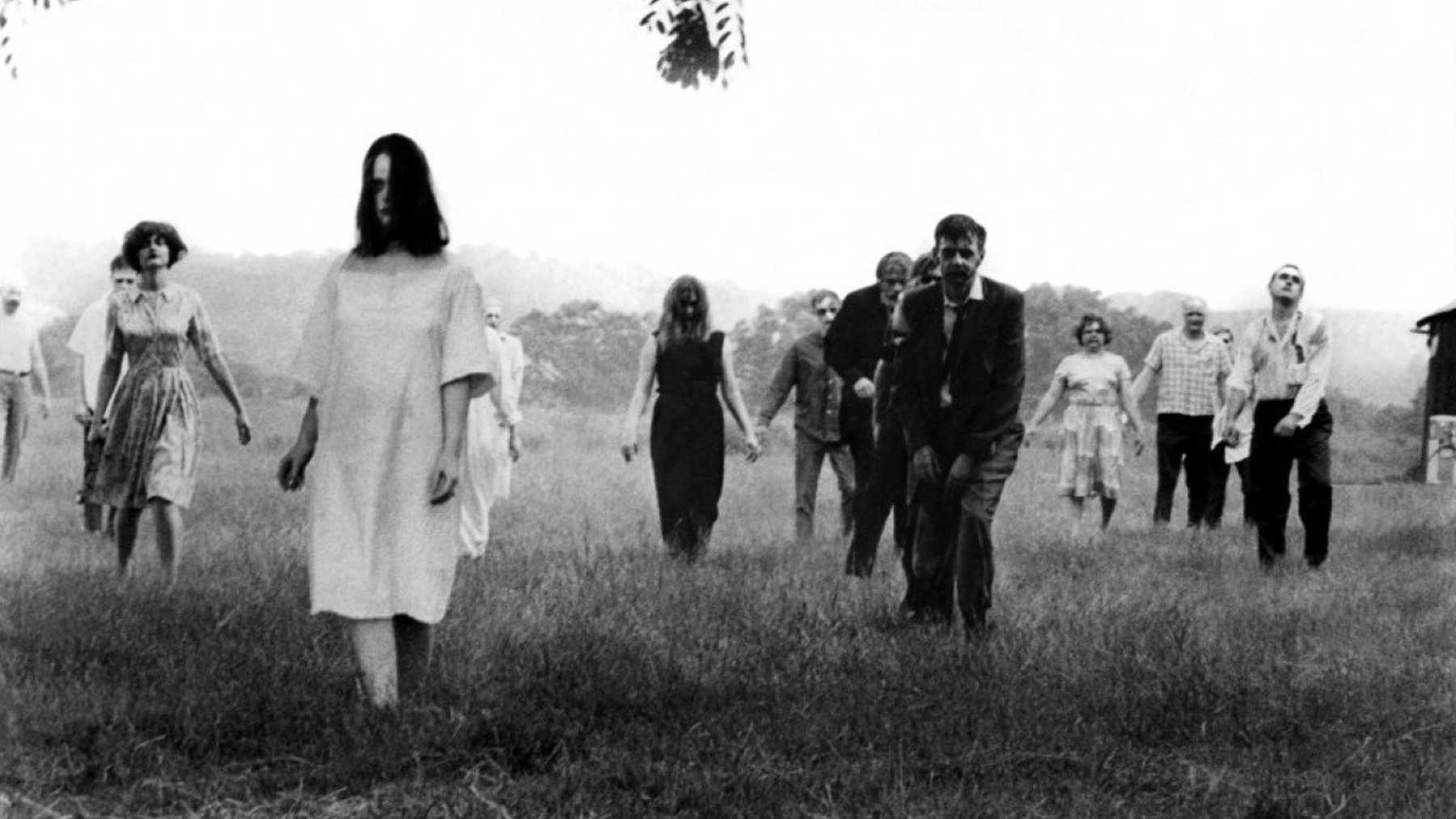
Most of you are probably too young to recall VHS tapes. DVDs began replacing VHS in 1997, one year before the release of Ringu, and as streaming has replaced DVDs, tapes and VCRs have become totally obsolete. While some companies are still making the players, and some libraries (like UAFs!) provide access to old VHS tapes, there’s really no reason to own one unless you’re some kind of scholar or collector who needs access to discontinued or unique tapes. In the “real” world, Sadako/Samara’s VHS curse would get lost in the passage of time.
Yet The Ring franchise lives on, as does the video tape as its central metaphorical powerhouse. There are many possibilities for interpreting this metaphor; authors in your articles for this week have offered several readings for it (e.g. as an analog for reproduction). The most recent US installment—Rings—was released in 2017, and the most recent Japanese installment—Sadako—was released in 2019. The VHS tape remains the “vessel” of horror. There’s something about The Ring and its concept that keeps people interested, despite the premise itself being technologically dated. It’s worth considering what that might be, even if you personally don’t end up a fan of the films.
Chances are, however, that you’ll enjoy one version of the film more than the other. The two versions of the film are almost exactly the same in terms of plot beats, but those narrative differences are significant, and they films are also very different in other ways, as (for example) Valerie Wee discusses in her examination of the video imagery on the two tapes. Aesthetically, the remake uses a tonal cooling filter to keep things dark and moody, while the original relies entirely on minimalism and subtle cues. The US version’s added scenes (e.g. the horse) are also thematically revealing. Examine other points of comparison, and how they might reflect cultural difference.
Consider also the effect this period of “J-Horror”—the late 90s into the mid-2000s—has had on the horror genre in the US more generally, and how that might reflect cultural kinships. There is significant cultural transaction happening here. The Ring is the most famous of several horror movies from Japan that have had lasting impact on the horror genre; Ju-On (The Grudge), Dark Water, One Missed Call, and Kairo (Pulse) are other significant influences. All these films have been remade into English language versions, though it seems most critics and fans alike prefer the Japanese originals. (I highly recommend watching all these original films, by the way, especially Kairo).
And lastly, I want you to consider the concept of abjection discussed by Nelson in her article, and how it might apply to imagery in these two films. Abjection is a complex concept, but like The Uncanny, it is extremely useful for studying the horror film genre. In Powers of Horror, a primary theoretical text on abjection, Julia Kristeva writes,
The corpse (or cadaver: cadere, to fall), that which has irre- mediably come a cropper, is cesspool, and death; it upsets even more violently the one who confronts it as fragile and fallacious chance. A wound with blood and pus, or the sickly, acrid smell of sweat, of decay, does not signify death. In the presence of signified death—a flat encephalograph, for instance—I would understand, react, or accept. No, as in true theater, without makeup or masks, refuse and corpses show me what I perma- nently thrust aside in order to live. These body fluids, this defilement, this shit are what life withstands, hardly and with difficulty, on the part of death. There, I am at the border of my condition as a living being. My body extricates itself, as being alive, from that border. Such wastes drop so that I might live, until, from loss to loss, nothing remains in me and my entire body falls beyond the limit—cadere, cadaver. If dung signifies the other side of the border, the place where I am not and which permits me to be, the corpse, the most sickening of wastes, is a border that has encroached upon everything. It is no longer I who expel, “I” is expelled. The border has become an object. How can I be without border? That elsewhere that I imagine beyond the present, or that I hallucinate so that I might, in a present time, speak to you, conceive of you—it is now here, jetted, abjected, into “my” world. Deprived of world, therefore, I fall in a faint. In that compelling, raw, in- solent thing in the morgue’s full sunlight, in that thing that no longer matches and therefore no longer signifies anything, I behold the breaking down of a world that has erased its borders: fainting away. The corpse, seen without God and outside of science, is the utmost of abjection. It is death infecting life. Abject. It is something rejected from which one does not part, from which one does not protect oneself as from an object. Imaginary uncanniness and real threat, it beckons to us and ends up engulfing us.
It is thus not lack of cleanliness or health that causes abjection but what disturbs identity, system, order.
Ringu and The Ring are certainly not the only films we’ve watched that makes use of abjection, but these films are a good introduction to the concept, which is an important one to the horror genre. Consider how other films (scenes, imagery, etc.) we’ve watched have created a sense of abjection (perhaps moments that you felt deeply destabilized or disgusted, moments when you wanted to look away from the imagery but could not), and the effects of abjection on both your viewing experience and your textual reading of a film.

